Your home media server can be a ransomware liability. Here's what NOT to do
Restrict Internet access to avoid malware infection
2 min. read
Published on
Read our disclosure page to find out how can you help Windows Report sustain the editorial team. Read more
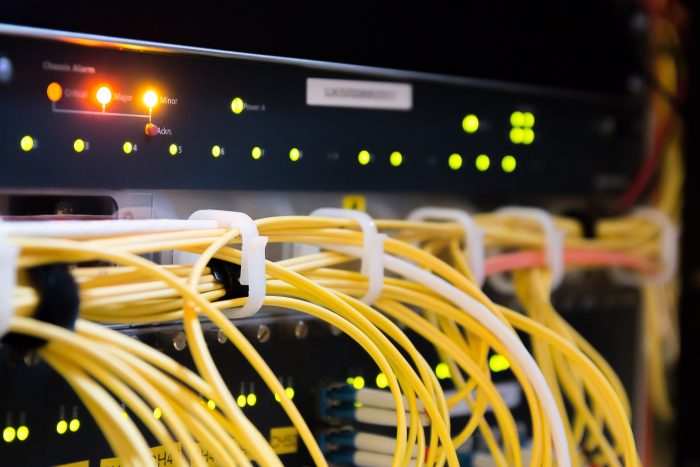
Over the years, experts have raised concerns about the threats accompanied by enabling SMB 1.0. But troubleshooting guides often recommend turning on SMB 1.0 to fix issues with file sharing.
Recently, a user shared on Reddit about losing years’ worth of data on the home media server after enabling SMB 1.0 simply because one of the ports had access to the Internet. When using SMB 1.0, it’s critical that none of the devices on the network are exposed to the Internet.
For the unversed, SMB is a network protocol used for sharing files and data between devices on the network. While the later versions, SMB 2.0 and SMB 3.0, are comparatively safer, SMB 1.0, released in 1980, is outdated and lacks the basic security protocols.
Why should I disable SMB 1.0?
Microsoft encourages users to disable SMB 1.0, and the feature is not present by default on Windows 11, Windows Server 2019, and later versions. This is done citing significant security vulnerabilities, and it’s recommended that you update the SMB servers instead of enabling SMB 1.0.
Also, given that the network protocol is outdated, it significantly diminishes the performance. Besides, you miss out on the following features offered by later versions of the SMB protocol:
- Better message signing
- Encryption
- Insecure guest auth blocking
- Pre-authentication Integrity
- Secure Dialect Negotiation
To disable SMB 1.0, open the Control Panel > click on Programs > select Turn Windows features on or off under Programs and Features > untick the checkbox for SMB 1.0/CIFS File Sharing Support > then click OK to save the changes.
While highlighting the threats posed by SMB 1.0, we can’t negate the idea that several small businesses or setups still use the network protocol and don’t have the necessary resources to upgrade or can’t switch to SMB 2.0 or SMB 3.0 due to incompatibility with the network devices.
For instance, certain older printers or management software still rely on SMB 1.0 connectivity. In such cases where SMB 1.0 is an absolute necessity, we recommend that you restrict devices from accessing the Internet.
Remember, if one device is infected, others, too, are likely to be affected. These threats often bypass the built-in Windows Security, so it’s best that you have an effective antivirus solution.
If you want to share your thoughts on the subject, drop a comment below.
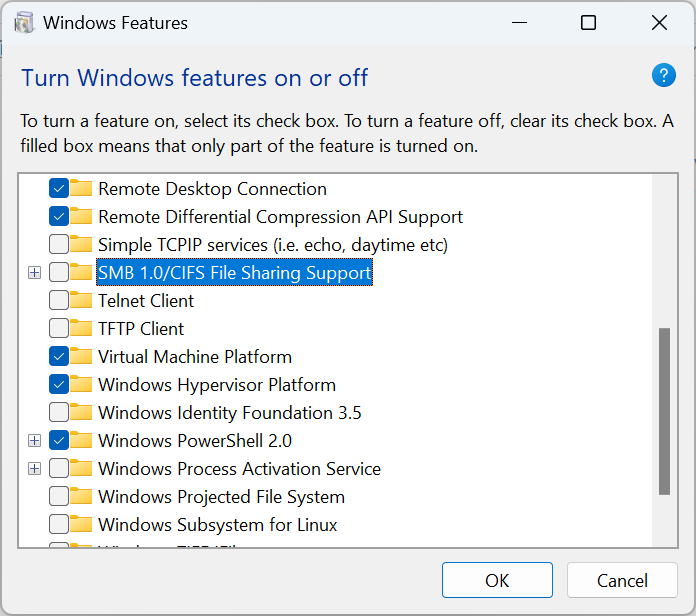
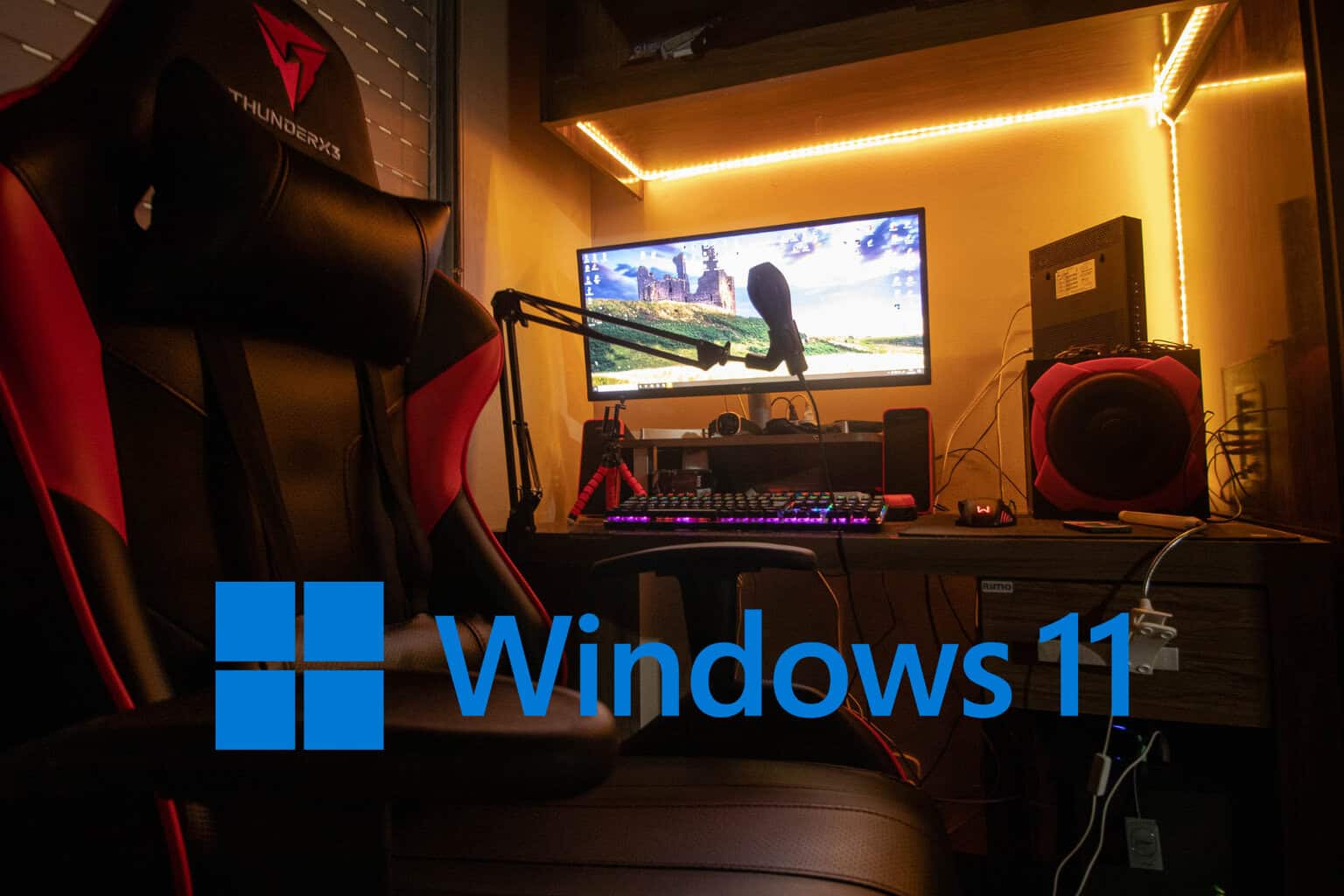
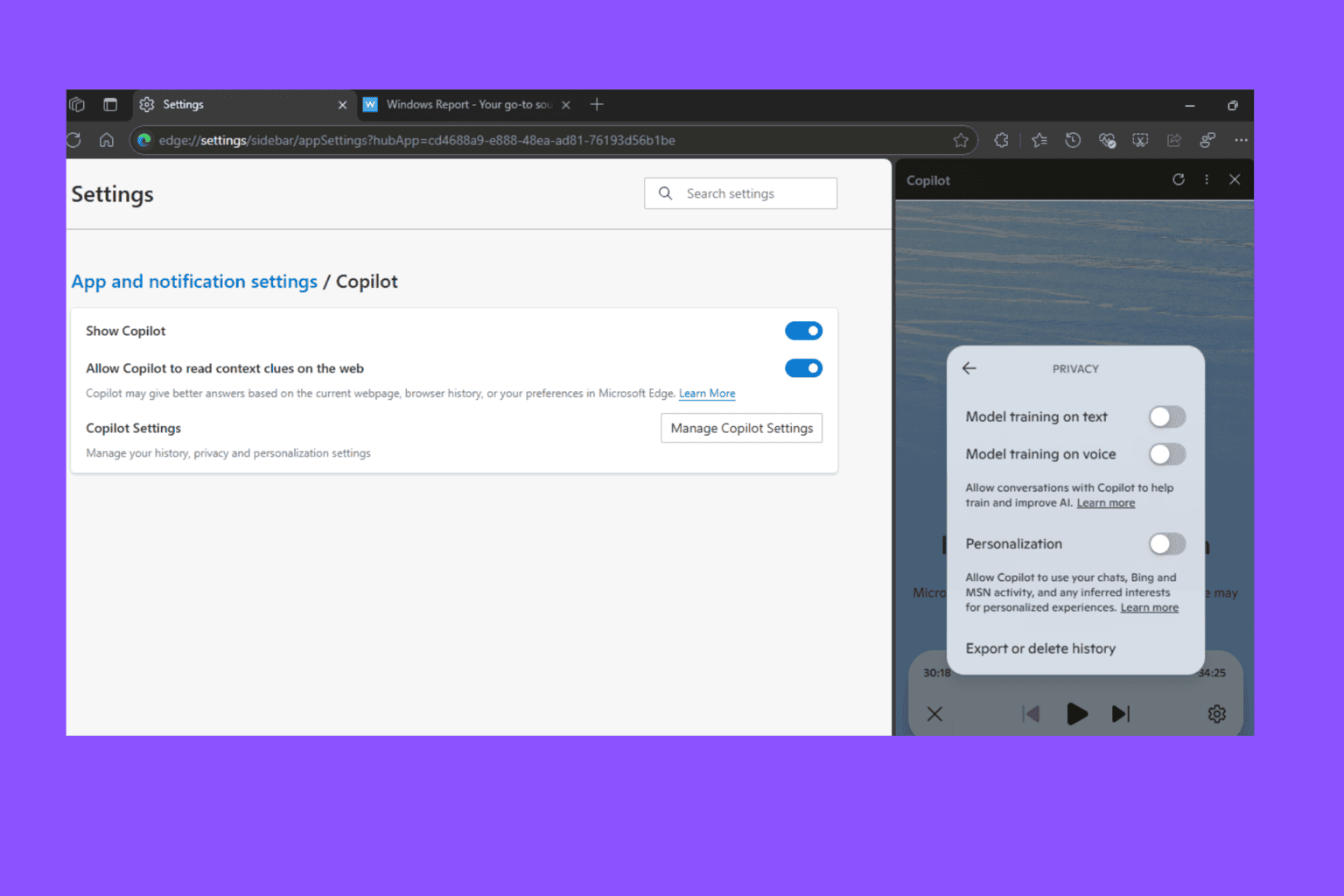

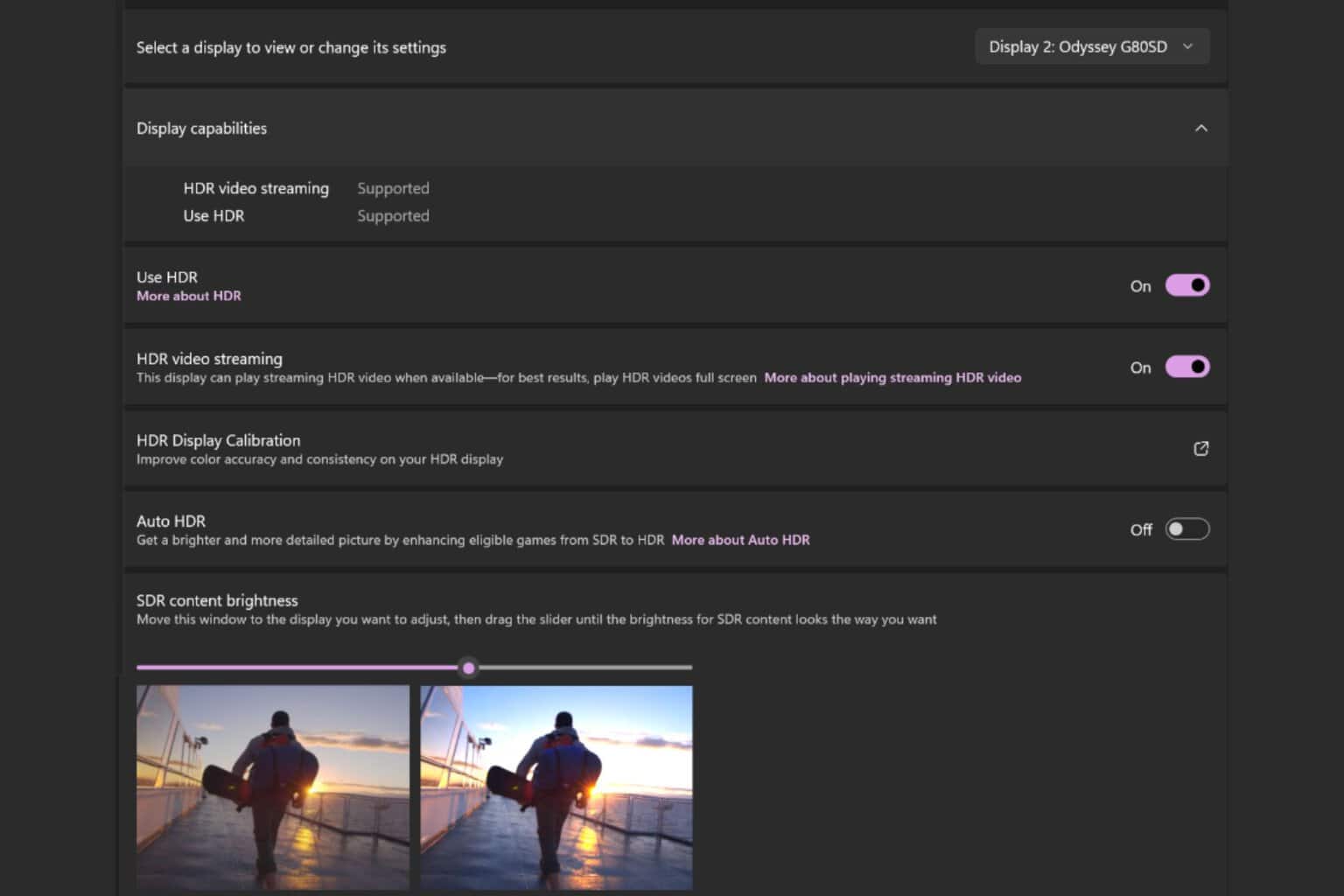
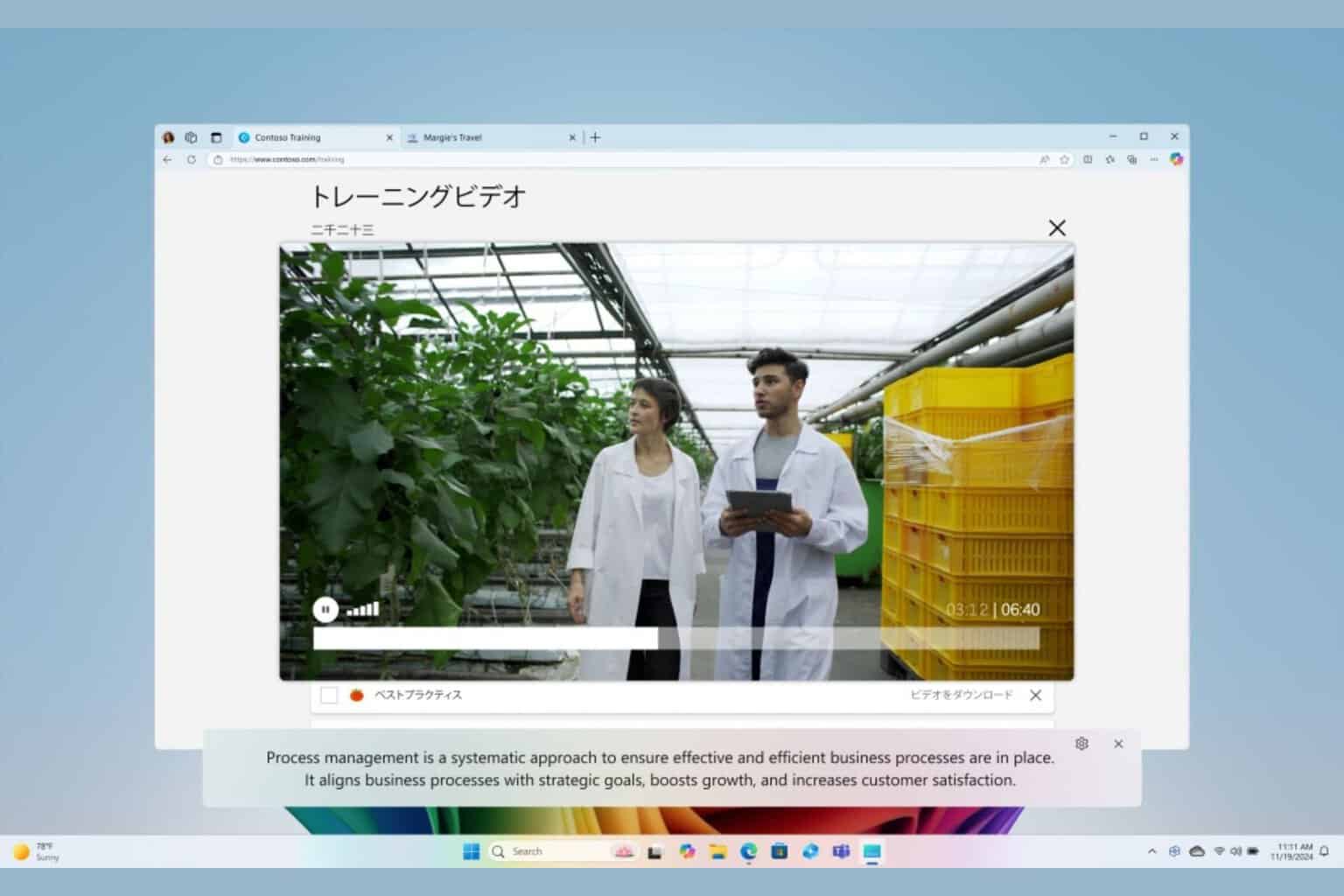
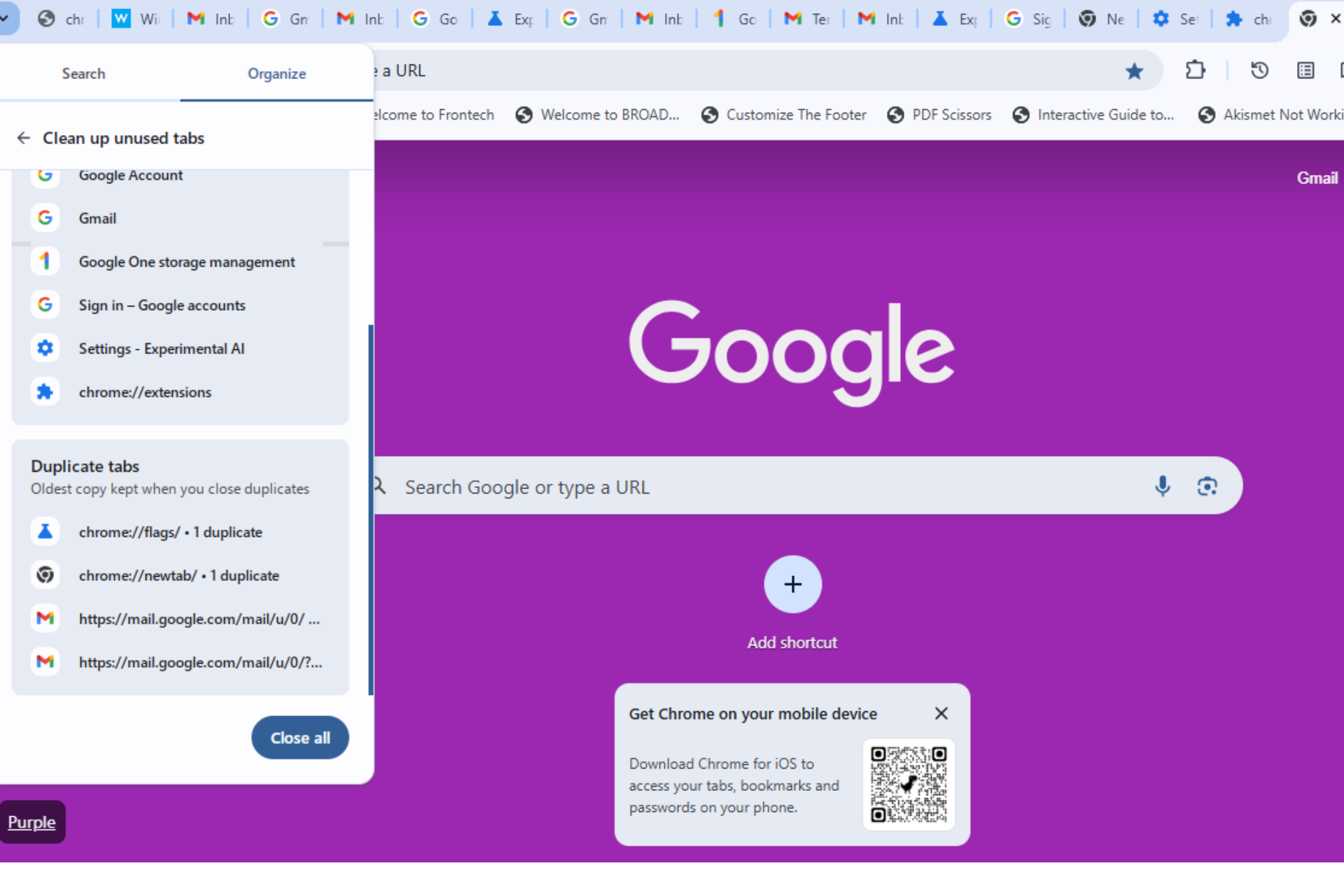
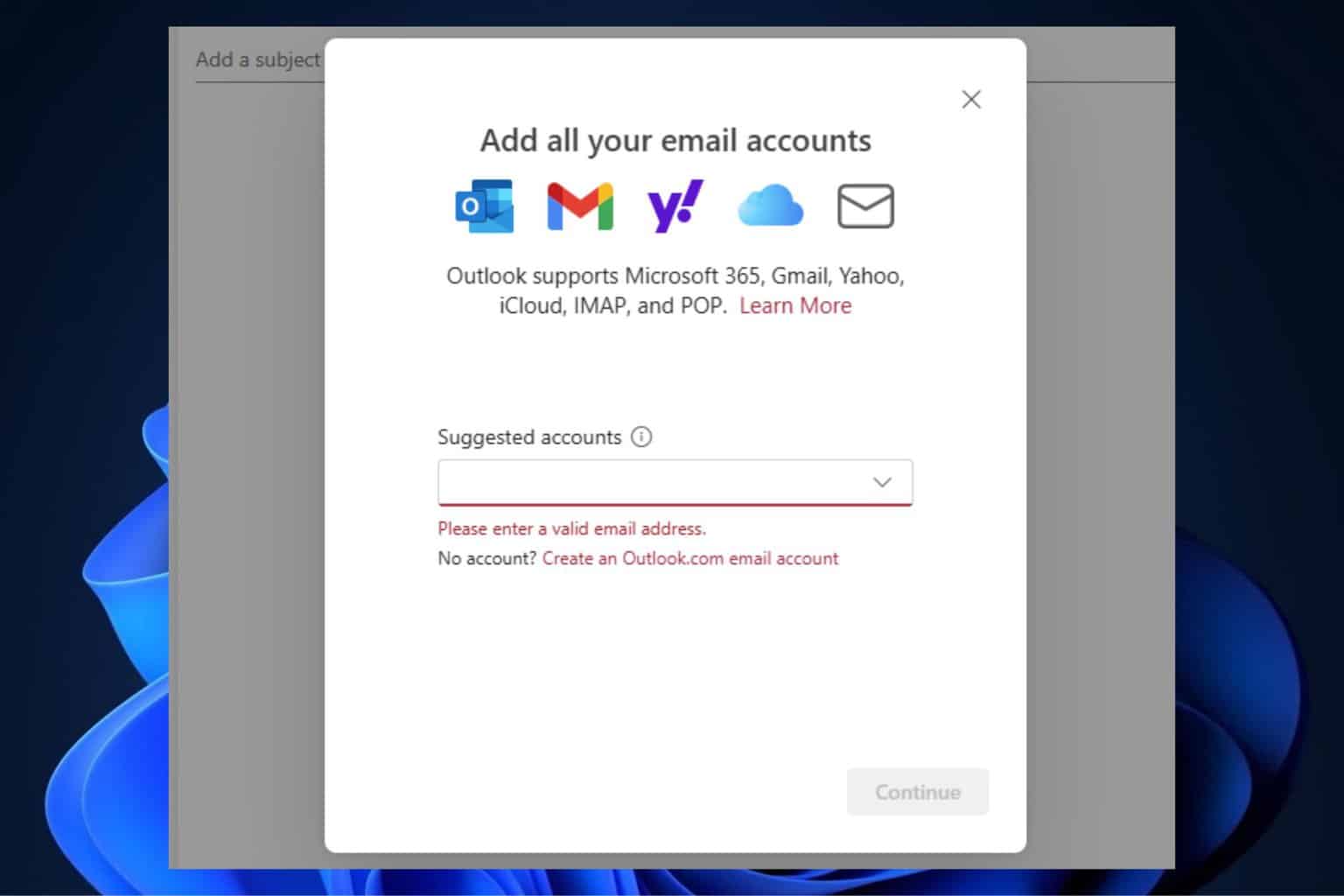
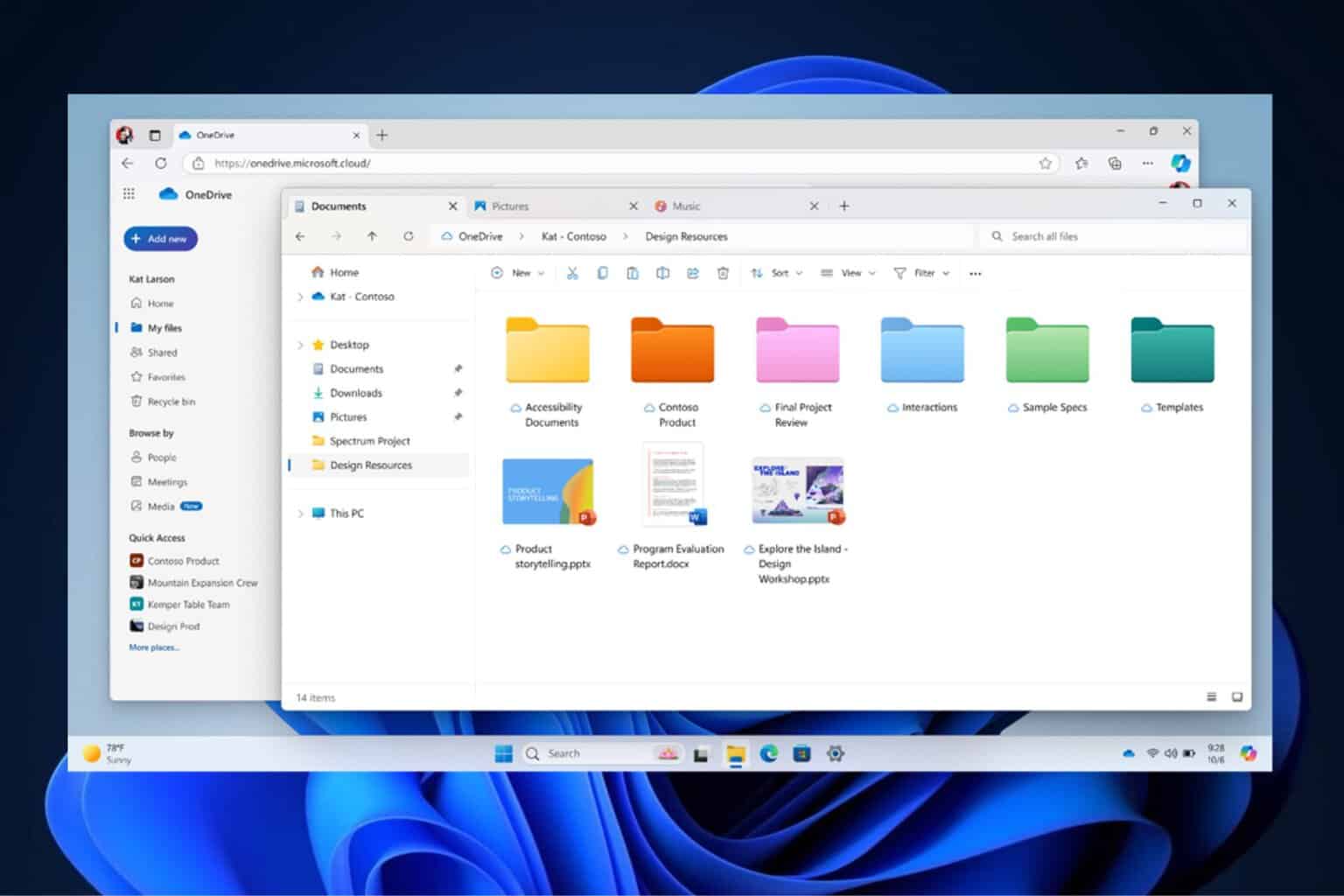
User forum
0 messages